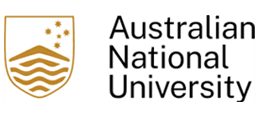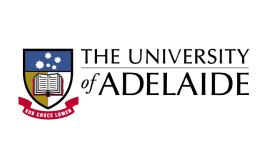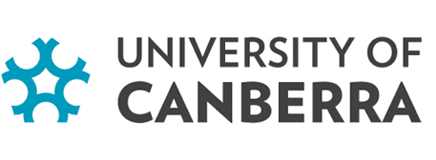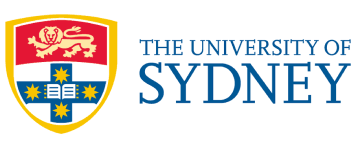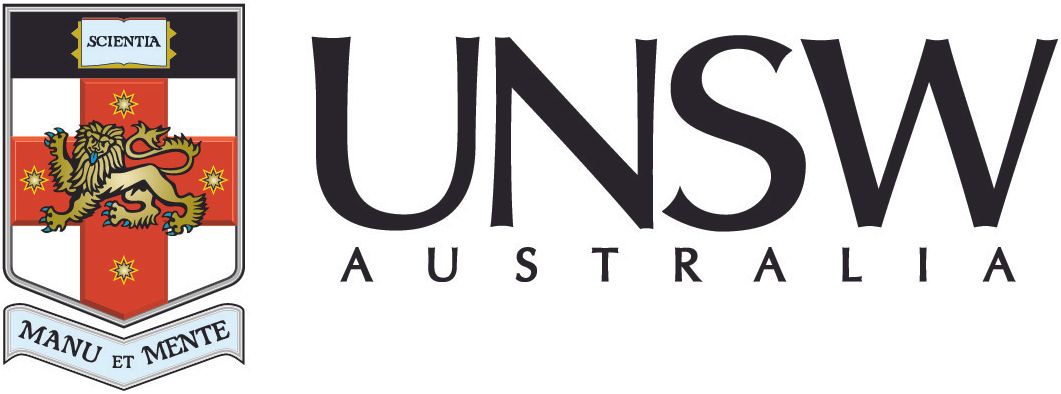Biodiversity Council backs water buybacks, says action for Murray-Darling Basin must go further
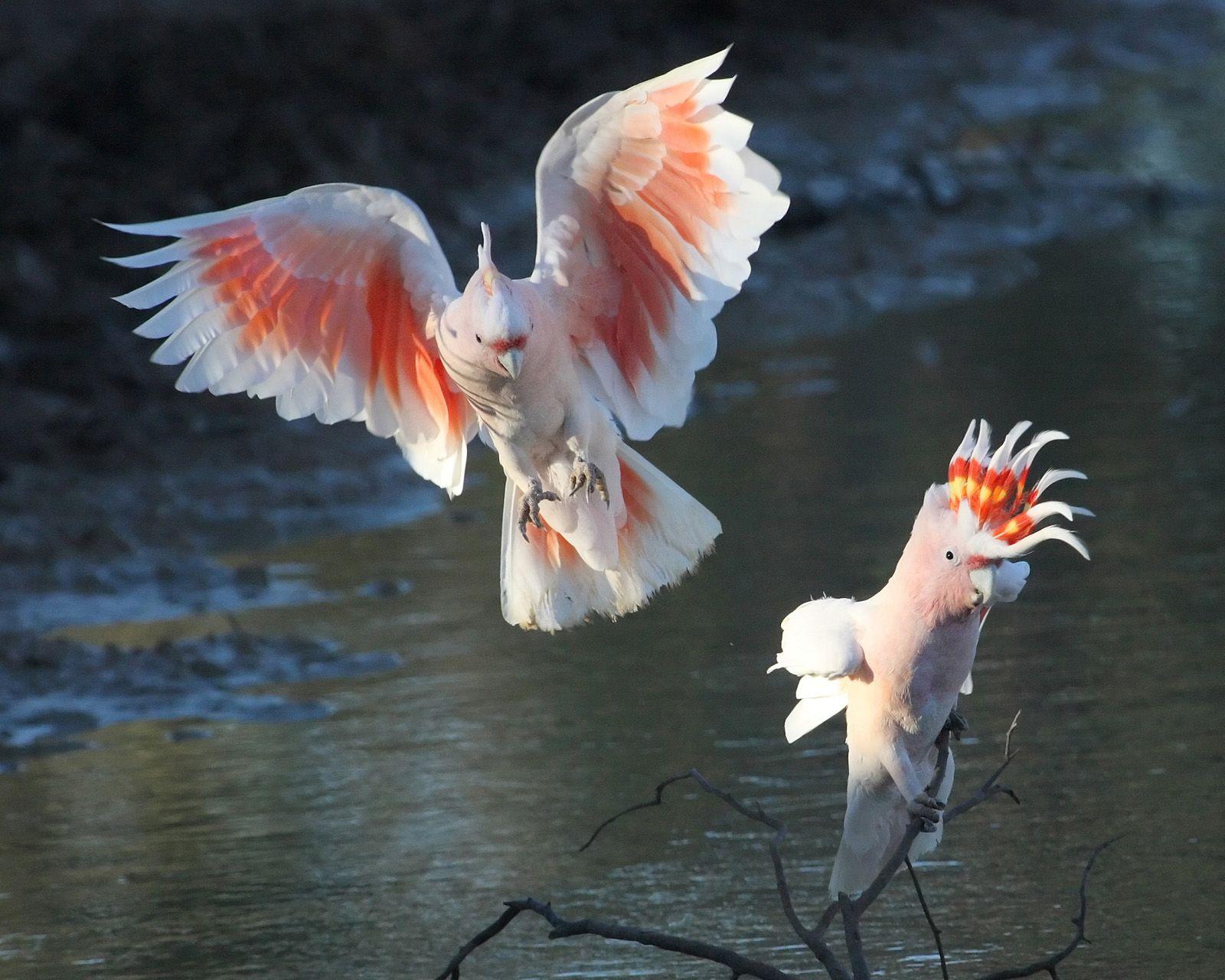
Major Mitchell cockatoo. Image: George Chapman, CC BY-NC-ND 2.0 DEED via Flickr
Media Release
24 August 2023
The Biodiversity Council says action to recover water for the environment in the Murray-Darling Basin is more important than ever, with climate change reducing flows and compounding other threats to nature, cultural values and ecosystem services.
The Biodiversity Council was founded by 11 Universities and brings together leading Australian experts to raise awareness of Australia’s biodiversity crisis and to promote evidence-based solutions.
The independent expert group commends the recent announcement by Federal Minister for Water Tanya Plibersek to use voluntary water buybacks to increase environmental water recovery for the Murray-Darling Basin.
Strategic water buybacks, purchased from willing sellers, are the most cost effective and efficient way to return water to the environment and meet the requirements of the Murray-Darling Basin Plan, say the group.
The Murray-Darling is Australia’s largest river system and home to thousands of unique native plant and animal species that depend on flows in waterways, into wetlands and across floodplains for their health and survival.
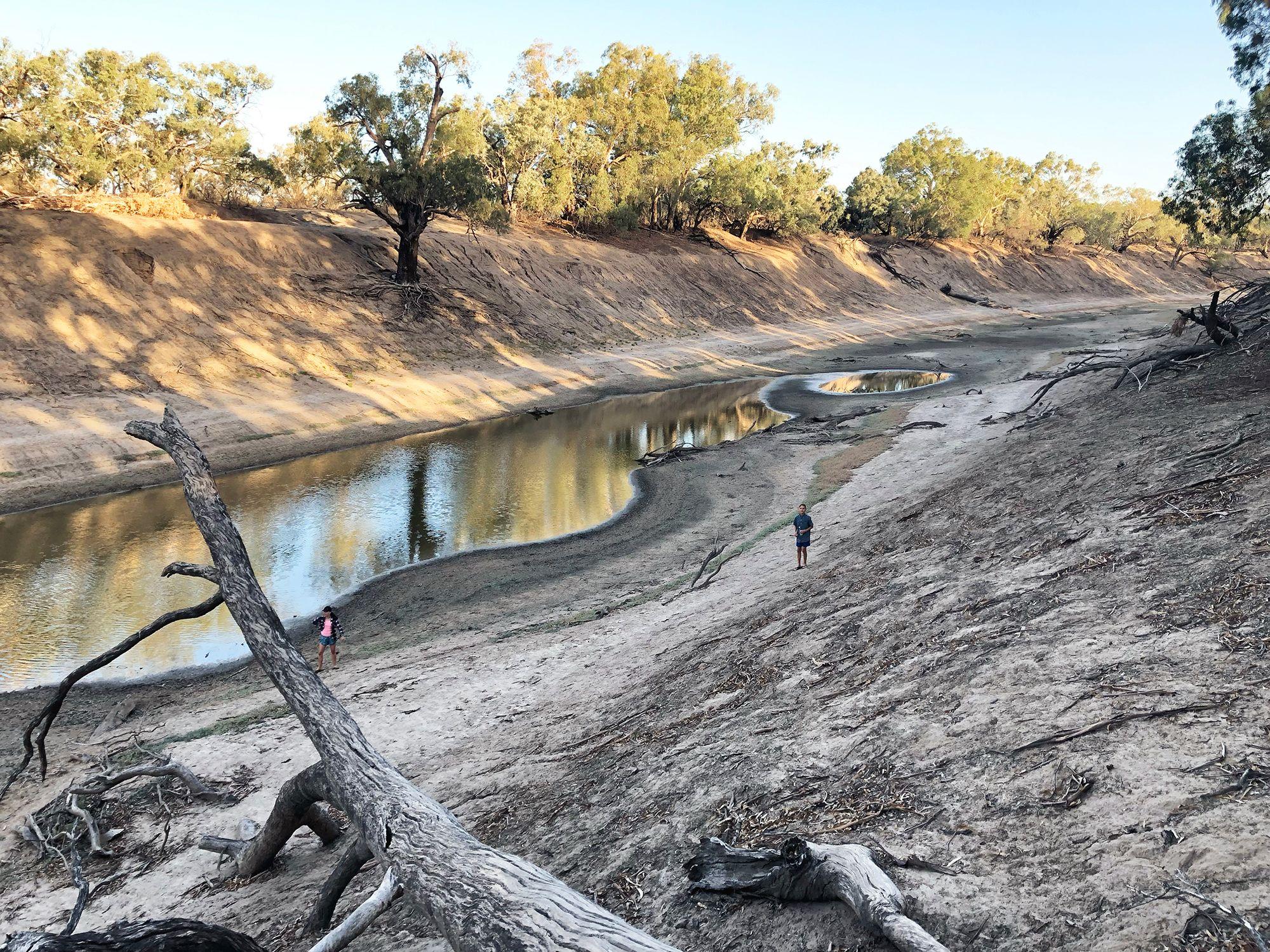
Darling River near Louth NSW in 2019. Image: Jaana Dielenberg
The Basin Plan was a bi-partisan policy response after more than a century of taking too much water out of our rivers and wetlands for irrigation. It is one of the largest catchment management plans in the world and a globally significant restoration effort of a river system.
As well as causing long-term declines in many aquatic species, a lack of flows has underpinned several major environmental catastrophes in recent years such as the catastrophic sudden fish kills at Menindee on the Darling River in 2019 and 2023.
The Plan was about restoring the lifeblood of our inland rivers, and water buybacks help us get back on that path.
The Plan, which was adopted in 2012, is currently falling well short of its commitment to return 3130 gigalitres of environmental flows to the river system each year by June 2024.
Biodiversity Council Councillor Professor Ross Thompson from the University of Canberra said that the plan’s projects have so far recovered only 2100 gigalitres of water per year for the environment.
“It has become very clear that existing plans and projects will not save the amount of water committed to under the Murray-Darling Basin Plan, water which is essential to protect the environment,” Professor Thompson said.
“For a decade many groups have only wanted water for the environment to come from improving agricultural water efficiency. But, all the easy wins have already been made here and future savings that could be made through improving efficiency are small compared to the volumes required.”
“Water buy-backs are now the only solution that can deliver the water volumes under time frames that were committed to by governments in the Plan.
“Irrigators selling their water allocation licences is not a new concept. Water allocations are frequently traded between irrigators, say to a more profitable crop, that may be in a completely different region.”
“This means irrigation operations are already reducing in many towns and regions for reasons completely unrelated to environmental flows.”

The Murray Darling Basin is home to over 360 birds species, including 35 of which are threatened. Image: Brian McCauley, CC BY-NC 2.0 DEED via Flickr
“The exclusion of Victoria from the current arrangements is concerning given that greater integration and a single national vision is more important than ever to the future of the Basin.”
“Four states are part of the Basin and no one state can operate in isolation.”
Biodiversity Council Board Member Associate Professor Bradley Moggridge is a proud Murri from the Kamilaroi Nation and is a researcher in Indigenous Water Science at the University of Canberra, with extensive water policy experience within the Basin.
“These announcements indicate some positive steps for the environment but the Murray Darling Basin Plan and Murray Darling Basin Authority are failing the 40 plus Aboriginal Nations of the Basin.”
“In 2018 the Federal Government promised $40 million to purchase water for Aboriginal water entitlements in the basin, but no water has yet been purchased or made available for Aboriginal people.
“Under the Basin Plan each state government is required to submit water resource plans which then need to be approved and accredited by the Federal Water Minister and the Murray Darling Basin Authority.
“Aboriginal Nations objected to the New South Wales Government’s Water Resource Plans as they included no consideration of Aboriginal values, uses and objectives, but they were still accredited by the Minister and the Basin Authority.”
“Irrigators, and flora and fauna are getting priority over Aboriginal humans - business as usual in the colony,” Associate Professor Moggridge said.
Biodiversity Council Councillor Professor Richard Kingsford at the University of New South Wales is a river ecologist who has worked extensively in the Murray-Darling system.
“The volume of water is not the only issue for environmental flows. We also need to be able to deliver it to the ecosystems that need it,” Professor Kingsford said.
“For example, many native fish, waterbirds and plants rely on flooded floodplains to reproduce, so if we can’t get water on to these floodplains and keep it up long enough for them to finish rearing young it’s a big problem for these species.
“There are currently a lot of physical and operational barriers to where we can deliver water.
“Projects that address these ‘constraints’ are really important to us being able to achieve positive outcomes for the environment.
“In particular, in NSW and Victoria we need to progress brokering ways that we can deliver environmental water to floodplains.
“We also need to give greater attention to other threats to the Basin’s ecosystems as they can undermine the gains made through environmental water allocations. This includes climate change, land clearing, barriers to fish migration and invasive species like carp and pigs.
“It is also important to keep improving the accountability and transparency of the Plan and its projects so that they deliver the outcomes that tax-payers have been promised and that the environment desperately needs”.



